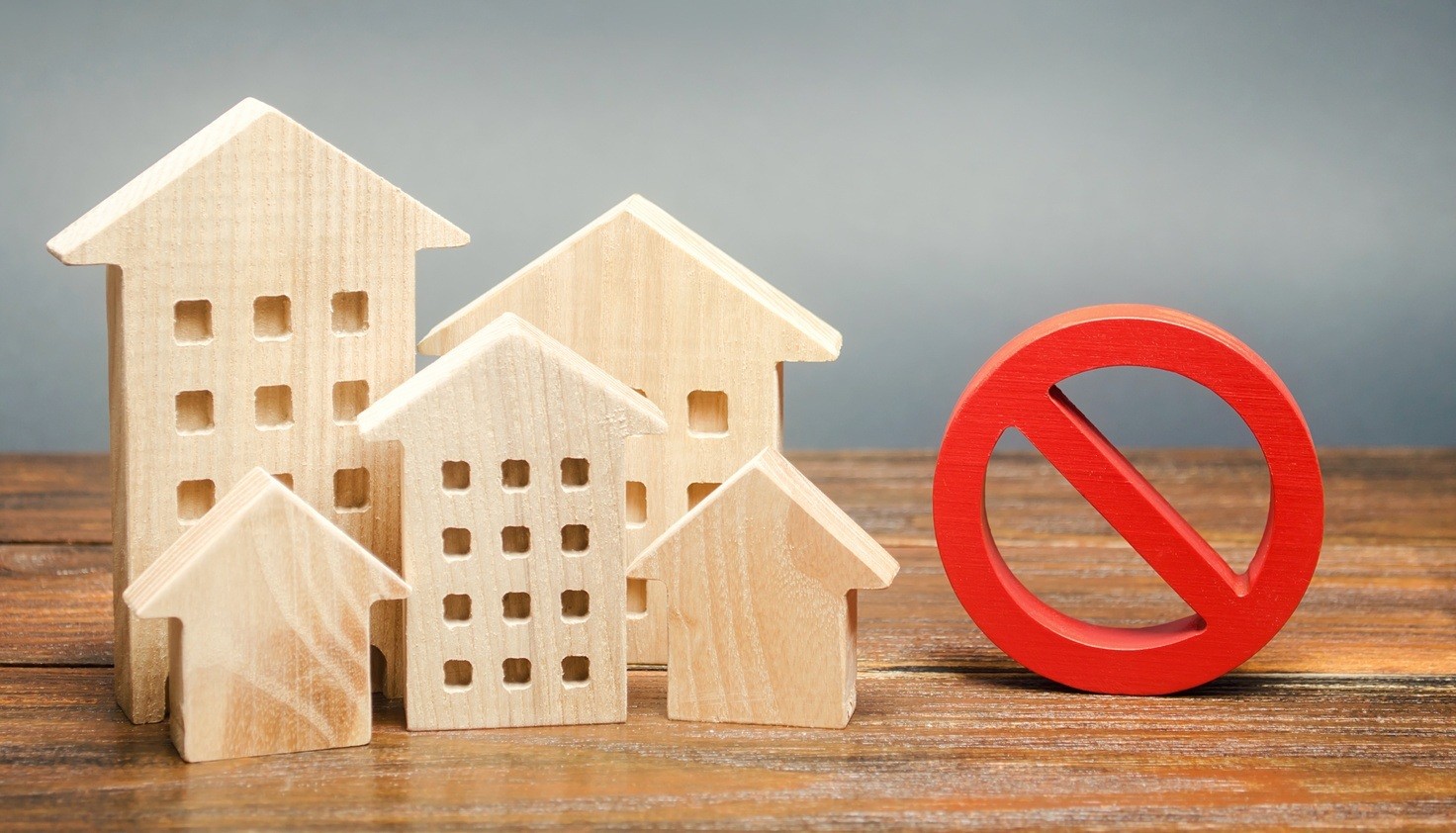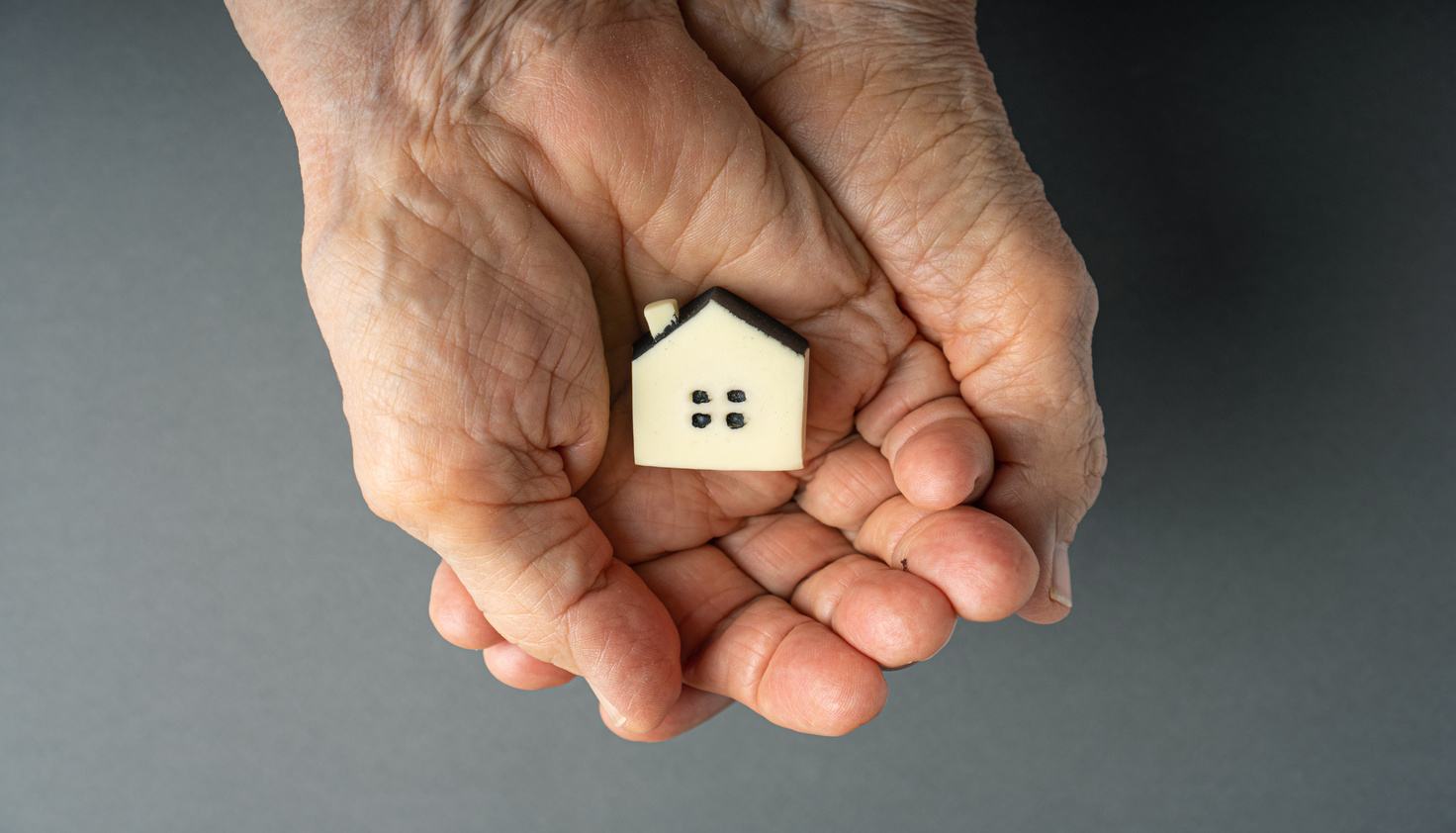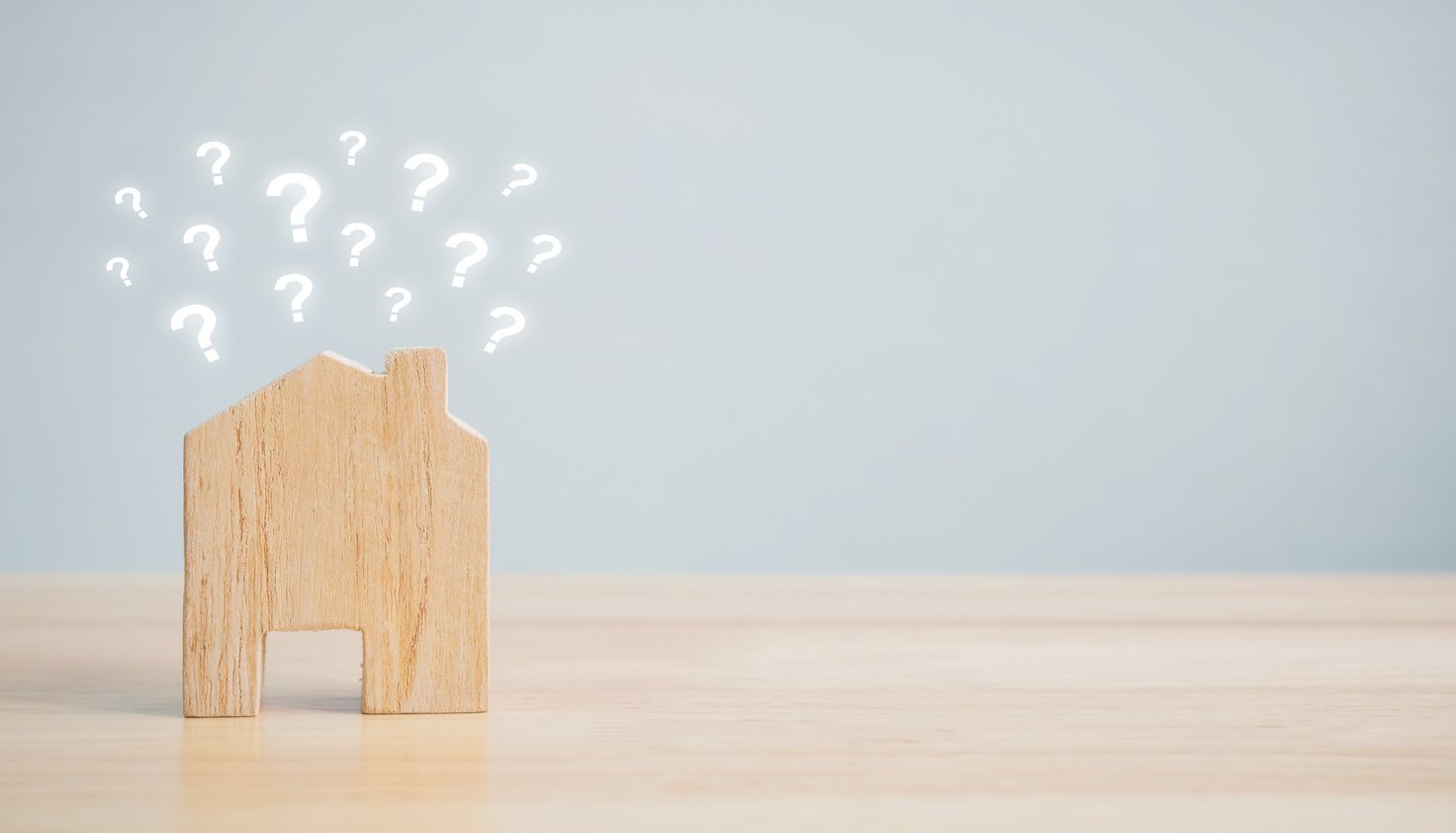Pop quiz! Which one of these do home sellers find most stressful?
- Not knowing if they can sell within their desired time frame
- Getting a house ready to sell
- Not knowing if buyers are seriously interested
Most people guess “B” — after all, if you don’t know how to get your house ready to sell, it can create all types of anxiety and stress.
But according to a recent Zillow consumer survey, the correct answer is A.
And this makes complete sense.
Many sellers don’t believe they can sell their house fast (and for top dollar) because they don’t think potential buyers will find their home appealing.
In some cases, their property sits for an extended period of time and they end up accepting an offer below market value.
Why does this happen?
Because the seller didn’t do the right things before putting their house on the market.
My goal is to help you avoid this.
I’m going to outline the steps you should take (and share key tips) so you can prepare to sell your house with the right approach.
Getting your house ready to sell: Key steps to follow
A crucial aspect of getting ready to sell a home is understanding how you should execute the process.
Because having the right roadmap will optimize your chances for the quickest sale at the highest possible price.
Here are the steps you should follow when getting your house ready to sell.
1. Think like a potential buyer
Initiate the process by putting yourself in the shoes of a prospective buyer.
The purpose of doing this?
To gain insight into how potential buyers are going to perceive the areas of your home that may require attention.
And to take note of things that you can do prior to a home inspection that are “quick fixes.”
Start by grabbing a pen and paper to make a list.
Walk across the street and look at your house to see if there’s anything that sticks out to you.
How’s the condition of your garage door?
Is your front yard lacking color?
Can your front door use fresh paint?
Note anything that catches your attention.
Now walk back in your house and pretend you’re seeing it for the first time (not easy to do).
Go room by room and walk slowly.
Any visible holes in your wall?
Open and close your windows and doors. Do they function as they should?
Are your AC filters dirty?
Do your bathroom fixtures work?
Flush all of your toilets and let your sinks run.
Any leaks or running water?
Turn on all of your kitchen appliances to make sure they’re working.
Once you have your list, do one of these two things:
- Tackle any minor items that you can get done quickly.
- Defer making repairs until you get feedback from the right agent.
But whatever you do, don’t go down the rabbit hole that many sellers get sucked into.
You’ll end up wasting a boatload of time and money to get your home ready if you start tackling things that won’t bring a return on investment.
That’s why the next step is this…
2. Find the right listing agent
Some sellers don’t hire a listing agent until shortly before they put their home up for sale.
Usually, it’s for one of two reasons:
- They don’t think an agent will help them get ready to sell.
- Preparing to sell is something they’d rather do on their own.
But one of the benefits of working with a realtor is getting expert advice before putting your home on the market.
So you should take advantage of that –– even if you don’t want to start interviewing real estate agents.
Why?
Because it can make the process of selling your home with a realtor a whole lot more advantageous.
You’ll save time, stress, and money if you have the right listing agent guiding you.
In my opinion, the “right” agent is a real estate professional who possesses the following qualities:
- Relevant selling experience: Your real estate agent’s resume should include homes sold in your area that are similar to yours, both in property type and price range.
- Low dual agency: Agents with a history of low dual agency (mainly representing the seller only rather than both parties in a sale) demonstrate prioritizing client interests over dual commissions. This is critical because it reflects an agent’s integrity and trustworthiness.
- A great reputation: Working with someone who has a history of being reputable speaks volumes. The best real estate agents will have stellar reviews from previous seller clients.
- Will let you cancel the listing agreement: Ensure any listing agreement you’re asked to sign has a cancellation clause. This will help keep your agent motivated to sell your home.
Those four qualities are key to knowing how to choose the right real estate agent to sell.
3. Get a pre-sale home inspection
Buyers will want to know if anything needs to be fixed, even if your home shows well online and in person.
Getting a pre-sale home inspection is optional –– but it’s one of the best home selling tips.
And it’s one of the best investments you can make when getting your home ready to sell.
It gives potential buyers information about what’s “under the hood.”
This is critical.
Why?
Because it helps alleviate concerns before a buyer makes an offer.
And the fewer concerns potential buyers have, the less likely they are to:
- Back out of the sale
- Ask you to make repairs after you accept their offer.
But getting a home inspection before selling doesn’t mean that you need to fix anything before listing your property.
That’s completely optional.
You can get an inspection and still sell your home as-is.
The important thing is that you’re providing prospective buyers with key information so they can feel confident in their offer.
And that benefit far outweighs the cost (~$300-$700 depending on the property’s location and size).
There are two ways to order a home inspection:
- Search online and contact a local inspector yourself.
- Get a recommendation from your real estate agent.
Once you have the inspection report, you can use it to guide you on which repairs and improvements are worth making.
And there’s something you can do with your agent that will make a strong impression with any buyer. (I’ll tell you what this tip is shortly.)
4. Estimate your home’s potential value
Estimating the value of your home toward the beginning of the process does two things:
- Assists with financial planning
- Helps with important decisions before listing your house for sale.
For example, you’ll have an idea of your proceeds, which can help budget for your next move.
And knowing what your home might sell for can guide you on whether to invest in upgrades to increase your property’s value.
But don’t rely on an appraisal or online estimate to gauge your home value.
Appraisers use a cookie-cutter approach that doesn’t always have the right price adjustments when comparing your property to nearby sales.
And the online estimates are hit or miss (and can be way off) because they don’t know the specifics about your property.
So do this instead…
Get a property analysis
You’ll get the most accurate (and realistic) price opinion if you’re working with an experienced agent who has the right qualifications.
They can do this for you by putting together a comparative market analysis (CMA).
This analysis compares your home with the most comparable properties that have recently sold in your local housing market.
The best analysis will include accurate price adjustments that account for the differences between your home and the comparable properties.
These include things such as the:
- Number of bedrooms and bathrooms
- Interior square footage
- Lot size
- Condition
- Proximity to noise.
There are other property characteristics and features that can influence your selling price.
Here’s the important thing…
Make sure you have the right agent conducting the analysis.
Because the wrong agent can convince you to:
- Overprice your home, causing it to sit on the market and sell for less than it should
- Underprice it, leaving you feeling shortchanged at the closing table.
But the right agent will help you set the best listing price.
And the best listing price is a critical factor in helping you sell faster and for more money.
5. Optimize your home’s space
Most buyers will be analyzing your rooms and storage capacity during showings and open houses.
They’ll try to envision themselves in your house –– so it’s important to make your home’s interior look spacious and inviting.
If you’re moving before selling, then staging will be crucial (more on this shortly).
If your home will be occupied while it’s listed, then removing things that are taking up too much space is vital.
Decluttering might seem overwhelming (and time-consuming) –– but it doesn’t have to be.
The key is to create a plan of attack.
First, make a list of all the areas in your home that need to be cleaned and organized.
And set a timeline for completing each task.
Once you have a plan in place, it’s time to start sorting your belongings.
Create three piles: keep, donate, and discard.
Be ruthless when deciding what to keep — if you haven’t used an item in over a year, it’s probably time to let it go.
Focus on high-traffic areas such as the kitchen, living room, and bathrooms, as buyers will be paying close attention to these spaces.
Make sure these areas are clutter-free and organized.
If you’re short on storage space, invest in storage solutions like shelves, baskets, and containers to help keep your belongings organized.
Or if you have a garage, you can put your belongings in there until you move.
Potential buyers will want to peek in your garage, but storing belongings there won’t have a negative impact.
And be sure to remove personal items like family photos and personal memorabilia.
Doing so will make it easier for buyers to imagine themselves living in your house.
6. Make repairs and upgrades that pay off
The most important repairs and upgrades to make are ones that pay off.
Seems obvious?
It is.
But it needs to be said because too many sellers waste time and money on improvements that don’t bring a return on investment.
The smart thing to do is to get feedback from your agent about the list you made in step one.
Here are the factors to keep in mind when making updates as you prepare to put your house on the market.
Consider important repairs
How do you know which repairs are worth making?
First, refer to the summary of items mentioned in your home inspection.
Unless your house is newly built, you’re going to see items called out in the report.
Here’s an example of what I’m talking about…

That’s an inspector calling out an uneven walkway as a trip hazard.
This is a clear illustration of what not to fix when selling a house.
But it’s completely normal to see something like this as inspectors call it out for liability reasons.
And prospective buyers (and their realtors) are expecting to see recommended fixes in the inspection report.
These can include things such as:
- Plumbing leaks
- Non-functioning windows
- Missing GFI electrical outlets in the kitchen and bathrooms
- Appliances that don’t work
- Missing smoke detectors in the bedrooms and hallways leading to bedrooms
- Termite damage.
The key is to only spend time on repairs that will have a positive impact with buyers.
Go over the report with your real estate agent to get recommendations about which repairs make sense.
Then decide if you want to do the work yourself or hire a handyman/contractor.
Your agent should have contacts if you want to avoid the DIY approach.
Focus on money-making improvements
Certain upgrades will make your house more attractive to future homeowners.
Things such as renovated bathrooms, new flooring, a remodeled kitchen — all these selling points can assist you in swiftly moving your house off the market.
But they can burn a hole in your pocket.
This is why only certain improvements will increase your home’s value more than what they cost you.
Usually, these are the upgrades that put a nice finishing touch on a certain part of your house.
Here’s what I mean…
Let’s say your kitchen is in pretty good shape but has older tile or Corian countertops.
Upgrading your countertops to something like quartz can make a massive difference.
Or maybe your kitchen is in good shape with upgraded countertops but you have white (or black) appliances.
Upgrading to stainless steel appliances can pay off big time.
Maybe your home doesn’t need any major upgrades but it hasn’t been painted in a long time (or has a unique paint color that doesn’t appeal to everyone).
Applying a fresh coat of paint in neutral colors can make it visually attractive to a larger pool of buyers.
Low-cost improvements can make you more money too.
Things like replacing bathroom and kitchen fixtures.
Or adding/replacing knobs or handles on your kitchen cabinets.
These are cost-effective improvements that usually bring financial gain.
Making upgrades when getting your house ready will help you sell faster and for top dollar.
But making the right upgrades will get you the biggest bang for your buck.
Boost your home’s curb appeal
The front of your property is going to be the first thing that buyers see.
So improving your curb appeal can make a great first impression.
But this doesn’t mean you need to spend thousands of dollars on landscaping.
You can make your home’s exterior pop by planting colorful plants and flowers such as annuals, ground cover plants, and flower bulbs.
It shouldn’t cost you more than a few hundred dollars at any local home improvement retailer.
Drought-tolerant plants can also be a great investment (many buyers like them for their low maintenance).
And applying mulch can cover up the “wasted” areas with an updated look.
Things like painting (or replacing) a garage or front door can also make a good impression –– but you want to be sure that they’re worth doing.
So get your agent’s opinion about the things you wrote down when looking at your front yard from a buyer’s point of view.
Want to keep it really simple?
Pressure washing and sweeping the front porch area (around and above your front door) will also have a positive impact.
8. Stage your home for the right buyer
When done right, staging will highlight a home’s strengths and minimize its weaknesses.
It can create an emotional connection with buyers and increase the perceived value of your property.
This is why staging can ignite a strong offer for your home (and help you sell quickly).
But there are two things to keep in mind when staging a property before putting it up for sale…
Know your ideal audience
You need to know who you’re going to be staging for.
In other words, you need to know who your ideal buyer is. (You can confirm this with your real estate agent.)
For example, if you’re selling the average house in a suburban neighborhood, then your buyer is most likely a younger family.
But a younger family is probably not your buyer if you’re selling a condo in an urban area.
The target audience for selling this type of property would most likely be a single person or a younger couple.
A home in a rural area is most likely going to appeal to an older person or couple.
The key is to understand who will be most attracted to your property.
Once you have that nailed down, the next step is to make your home appeal to that audience.
Match the staging to your audience type
It’s important to tailor the staging to the preferences of your ideal buyer.
Why?
Because it reduces the number of questions buyers will have during showings and open houses.
And it makes it a whole lot easier for them to picture themselves residing in your home.
Start by preparing your home to be staged.
Get a deep clean and make sure it’s clutter-free.
Remove any excess furniture (consider an offsite storage unit) to help create an open and inviting atmosphere.
Next, consider what features your ideal audience is looking for in a home.
For example, if your ideal buyer is a young family, you’ll want to stage one or two of your bedrooms as kids’ rooms.
And adding child-friendly features, such as a play area or childproofing measures, can make your home more appealing to these buyers.
Incorporating a sleek, modern design throughout your home will work best if your target buyer is a single professional.
And so will staging one of your rooms as a home office.
The important thing is to take an objective stance when matching the staging to your ideal audience.
This means being open to advice from your agent and/or a professional stager when discussing things such as colors, decor, and furniture placement.
And you should consider hiring a professional stager (some agents will cover the cost for higher-priced homes).
Knowing how to make a home more appealing to a specific buyer is what they do for a living.
The icing on the cake once your house is staged?
Hiring a professional photographer to capture high-quality images.
Listing photos that pop will make potential buyers want to view your home in person.
Tips for getting a house ready to sell
A successful home sale starts with employing the right strategies before listing it on the market.
Here are a few additional tips to keep in mind when getting your house ready to sell.
Get ready with a seller’s mindset
Getting a house ready to sell isn’t just about wiping away dust and taking out the trash.
It’s a mindset shift, an attitude adjustment that will help you navigate through this process with ease and success.
Start seeing your house as a product.
You don’t have to let go of all memories attached to your home — instead, think about how others may experience this space differently than you.
That’s what potential buyers are going to do.
And those potential buyers make emotional decisions.
You can benefit from that emotional decision-making if you adjust your frame of mind.
This is why it’s important to take an objective stance.
In other words, don’t make biased decisions as you’re preparing to sell your home.
You’ll need this mindset when making other decisions throughout the house selling process too.
For example, you may get a buyer who wants to negotiate on asking price or terms.
Maintaining a level-headed approach can assist you in preventing the loss of a genuine buyer who is presenting a fair and sensible offer.
Now is the time to start thinking of selling your home as a business transaction.
Because that’s what it is.
Include a list of upgrades and repairs in your selling disclosures
Take a minute and imagine you’re a buyer.
You’re thinking about submitting an offer on a home that has piqued your interest.
So you start to do a little homework.
You look at nearby home sales and ask your agent for the disclosure package (seller’s disclosures, inspections, reports, etc.).
There isn’t anything too concerning, so you decide you’re going to submit an offer.
But there’s something lurking in the back of your mind…
You don’t know how well the sellers have taken care of the property.
So you’re wondering if what you’ve seen about the property is a good “coverup.”
There are buyers who think like this –– and they’ll reflect it in their offer.
Providing a list up front of any and all upgrades and repairs you’ve made to your home can erase this way of thinking.
But don’t only include things you’ve done when getting your home ready to sell.
Include anything you’ve done since you’ve owned the property.
The more, the better.
Then provide your agent with a list of the items (and any receipts) so that they can include it in your disclosure package.
This is how you can boost the confidence of prospective buyers.
It shows the time and money you’ve invested in taking care of your home, which will give them reassurance when deciding on their offer price.
Enhance your lighting
Bad lighting is something that can immediately turn a buyer away.
A quick fix for this is to check your light bulbs to make sure they are giving off the light that they should.
Go room by room to find the ones that need to be replaced.
And you might want to consider upgrading.
LED light bulbs are the most energy-efficient, which can make your home more attractive to potential buyers.
You can find some good deals in bulk on Amazon.
Are any of your rooms dark?
That will have a negative impact at open houses and showings.
One way to prevent this is by increasing the wattage in the light bulbs.
And be sure that all lights are turned on and your window coverings are open when buyers visit.
Do you have outdated light fixtures?
Replacing them can help prevent buyers from thinking that there are other things in your home that are outdated.
The bottom line: Getting a house ready to sell
Employing the right strategy is critical when getting ready to sell a home.
Because it’s your ticket to a successful sale.
Follow the steps (and tips) we discussed, and you’ll put yourself in the best position to sell faster and for the best price.
The key?
Working with the right agent who is committed to guiding you through the selling process while looking out for your best interests.
Want that professional?
We vet the agents in your area to match you with the ones who are best qualified to sell your home.
You can learn more about how our no-cost (and no-obligation) service works here.





